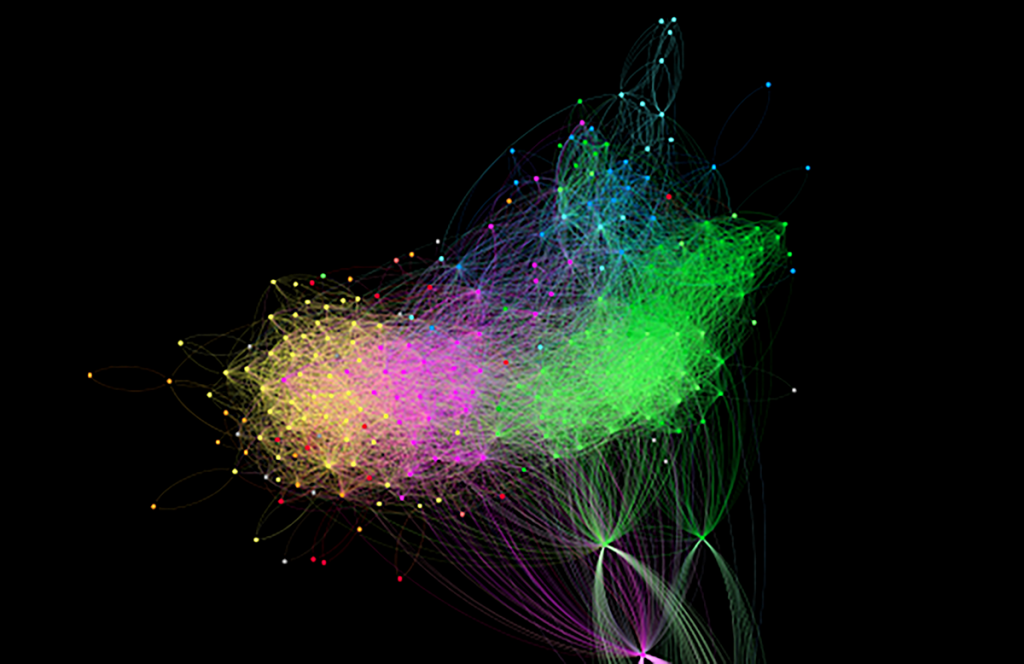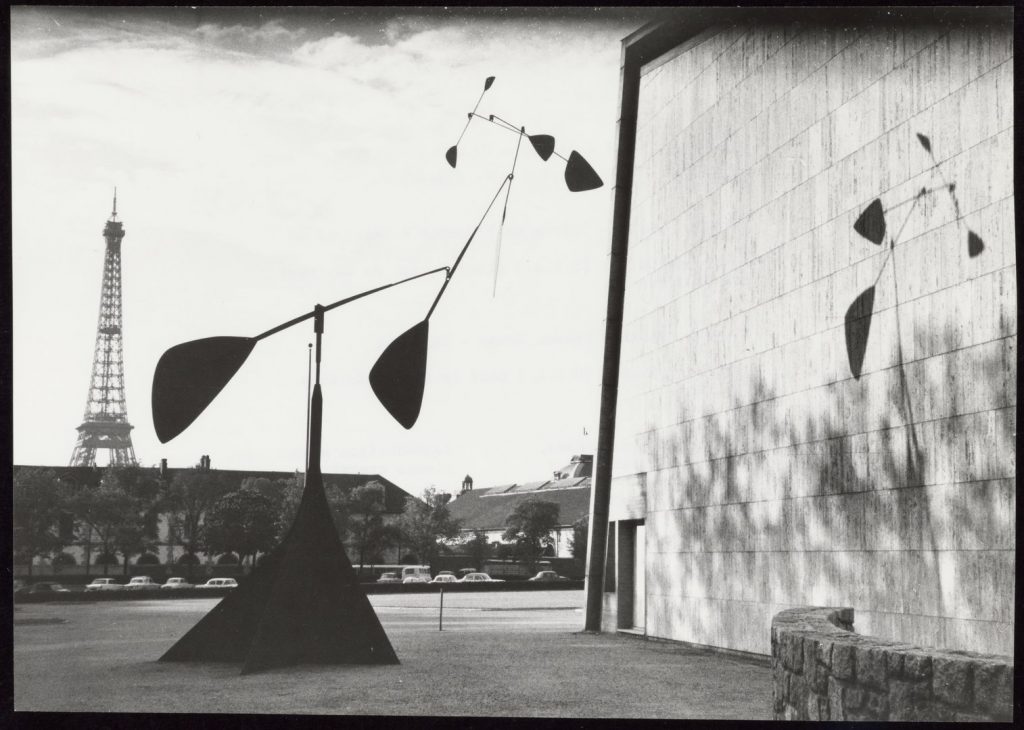Alexandra Petrulevich, Department of Scandinavian Languages, Uppsala University

Is there a common solution for editing of West Norse and East Norse manuscripts in the digital age? How do digital repositories impact public and scholarly engagement with manuscript material online? Do current mainstream approaches to digitalisation and digital cataloguing necessarily aid researchers to attain innovative and, most importantly, valid and well-grounded results?
These were some of the questions that were discussed at the seminar “Northern Europe 1200-1500 CE: West Norse and East Norse Manuscripts in the Digital Age” dedicated to digitisation and digital editing of Norse manuscripts as well as current research into this material. The seminar organised and hosted by the TextWorlds network at Uppsala University has gathered infrastructure professionals working with electronic editing software, digital cataloguing and repositories, namely MenotaBlitz.html, Manuscripta.se and Alvin, as well as early career researchers, see the list below, that have used these and other similar infrastructures in their finished and ongoing projects. The initial round of infrastructure and current research talks was followed by a prolonged Q&A slot and a panel discussion of future developments in the field of digital philology in Scandinavia as well as major obstacles on the way there.
One of the principal challenges that was addressed relates to current mainstream practices of digitisation and digital cataloguing. It is often the case that outdated analogue materials including catalogues are turned digital without any considerable revisions which in the long run will significantly hamper the development of digital philology. Reproduction of data errors and uncertainties of other kinds undermines the use of “big data” approaches and digital methods as it is extremely difficult to obtain reliable results. Moreover, the agendas and research questions underlying older analogue catalogues are in many cases different from those shaping current research into West and East Norse manuscript material. For instance, nineteenth-century philologists were preoccupied with studies of “high-status” medieval texts and manuscripts such as Codex Regius of the Poetic Edda or Reykjavík, Stofnun Árna Magnússonar í íslenskum fræðum, GKS 2365 4to. Much less attention was paid to “marginalised” works of post-medieval manuscript tradition, which becomes evident in the catalogue practices of the time. This principal premise is challenged today since more and more previously neglected West Norse medieval and post-medieval sagas and other materials gain scholarly attention.
In order to improve the quality of available catalogues and other manuscript datasets as well as to ensure constant growth of born-digital data, it is necessary to build a strong, multisectoral community and implement a collaborative approach to building, improving and sustaining manuscript and cultural heritage infrastructures. Ideally, such a community will be able to inform the funding bodies in charge of investments into digital cultural heritage about the issues outlined above and place adequate cataloguing higher up on their agenda.
List of invited speakers:
- Robert Kristof Paulsen, Head Engineer, University of Bergen Library, Norway
- Patrik Granholm, Curator of Medieval and Early Modern manuscripts, National Library of Sweden
- Kent-Inge Andersson and Anna Fredriksson, Librarians, Uppsala University Library, Sweden
- Agnieszka Backman, Postdoctoral Researcher, Stanford University, USA
- Katarzyna Anna Kapitan, H.M. Queen Margrethe II Distinguished Research Fellow at the Vigdís Finnbogadóttir Institute of Foreign Languages at the University of Iceland, the National Museum of Iceland, and the Museum of National History at Frederiksborg Castle in Denmark, Iceland and Denmark
- Oliver Blomqvist, Postdoctoral Researcher, Södertörn University College, Sweden
References and links to invited speakers’ presentations:
- Granholm, Patrik (2021). “Presentation and demo of manuscripta.se: A Digital Catalogue of Medieval and Early Modern Manuscripts in Sweden.” Presentation delivered at the virtual seminar “West Norse and East Norse Manuscripts in the Digital Age” organised by the TextWorlds Network at Uppsala University (17/03/2021): https://www.patrikgranholm.com/presentations/2021-03-17-Uppsala/
- Kapitan, Katarzyna Anna (2021a). “So much data, so few answers: Researching Nordic manuscripts in the digital age.” Presentation delivered at the virtual seminar “West Norse and East Norse Manuscripts in the Digital Age” organised by the TextWorlds Network at Uppsala University (17/03/2021): https://www.kakapitan.com/post/seminar-west-norse-and-east-norse-manuscripts-in-the-digital-age
Kapitan, Katarzyna Anna (2021b). “Perspectives on Digital Catalogs and Textual Networks of Old Norse literature.” Manuscript Studies: A Journal of the Schoenberg Institute for Manuscript Studies 6:1 (will appear in Gold Open Access in May 2021).






